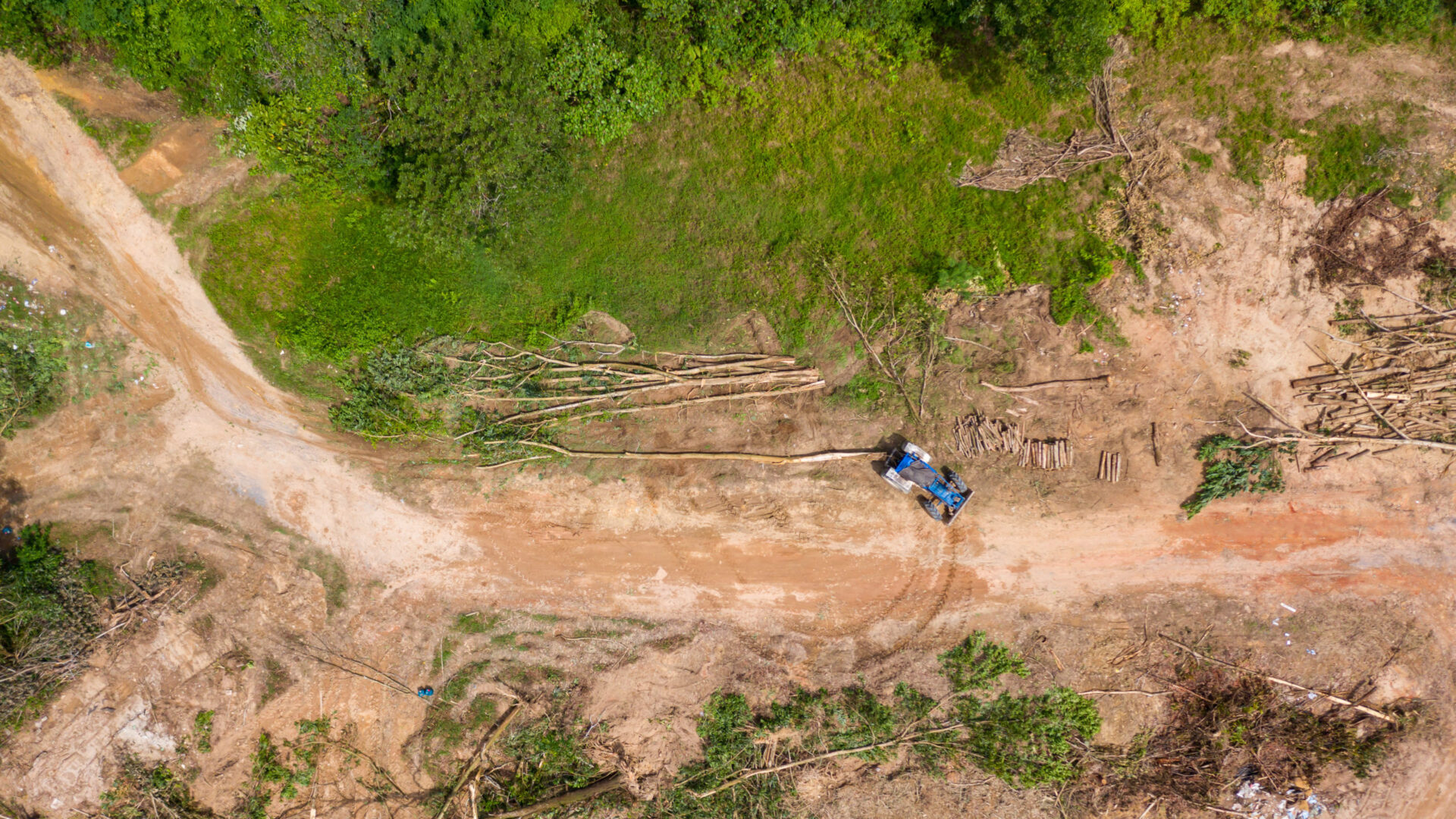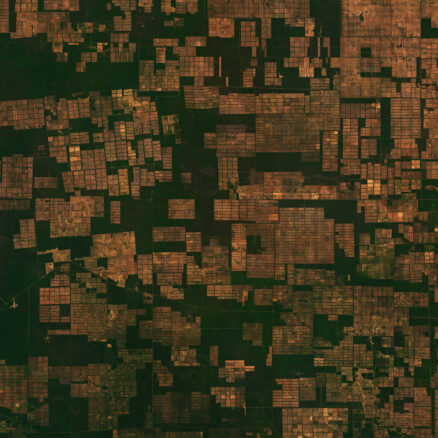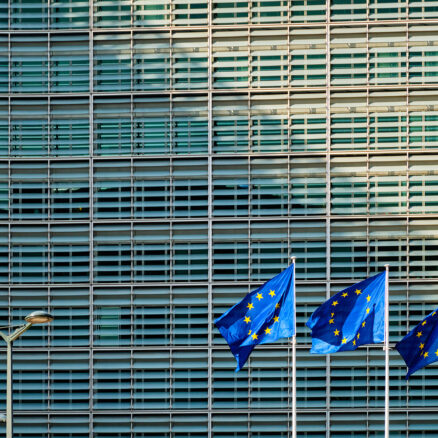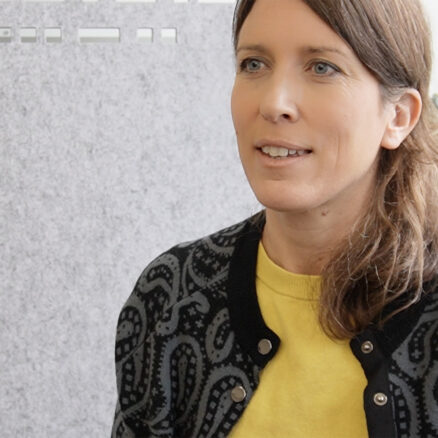In brief:
- Adopted by the EU Council in May 2023, the EU Deforestation Regulation lays out new rules aiming to minimize the risk of deforestation and forest degradation associated with products that are placed on or exported from the EU market.
- The regulation sets mandatory due diligence rules for all operators and trades who place, make available or export the following commodities on or from the EU market: palm oil, cattle, wood, coffee, cocoa, rubber and soy.
- Under the EU Deforestation Regulation, companies will be required to meet three strict conditions before placing commodities and products on the EU market, including (1) a 2020 deforestation-free cut-off date, (2) compliance with local legislation and (3) due diligence statement, including verification.
- Non-compliance will mean products and commodities will be prohibited from entering or being exported from the EU.
- The new rules could lead to a number of potential challenges for businesses and suppliers, including increased competition for eligible raw materials, high transition costs and the exclusion of smallholder producers from the EU market.
A major contributor to greenhouse gas (GHG) emissions, biodiversity loss and disruption of the global water cycle, deforestation is a complex sustainability challenge with far-reaching consequences. Despite the foundational role of deforestation-free supply chains in tackling the climate and biodiversity crisis, companies and financial institutions aren’t moving quickly enough to halt commodity-driven deforestation. With nearly 24% of company revenues depending on commodities linked to deforestation, continued inaction will put business on the fast track to risk in both the short and long term.
Adopted by the EU Parliament in April 2023 and the European Council in May 2023, the EU Deforestation Regulation (EUDR) aims to change that, laying out a series of mandatory due diligence rules for businesses that place, make available or export products on or from the EU market.
Here’s what businesses need to know to start preparing for this major shift.
New rules to halt deforestation
Defined as “the conversion of forest to other land use — including the conversion of primary forests or naturally generating forests into plantation forests or into other wooded land — independently of whether human-induced or not,” tropical deforestation is one of the main drivers of GHG emissions, accounting for about 20% of global emissions, and makes up a significant portion of companies’ land-related impacts.
Clearing forests not only eliminates a critical carbon sink (tropical forests alone hold between 228-247 gigatons of CO2 — seven times the amount of CO2 emitted by human activities each year) , it also contributes to biodiversity loss through habitat destruction, which is the greatest threat to species. Deforestation also disrupts the water cycle, leading to decreased precipitation, higher rates of soil erosion and more. Stopping deforestation is essential for meeting both nature and climate goals.
The EU Deforestation Regulation will require companies to do a lot within a short timeframe or face penalties for non-compliance. It targets seven commodities: cattle, cocoa, coffee, palm oil, rubber, soy, and wood. The rules will also apply to “derived products” — products that contain, have been fed with, or have been made using these commodities (such as chocolate, furniture and leather).
The EUDR currently focuses only on forest ecosystems, leaving out other important wooded ecosystems with high levels of biodiversity or carbon storage, such as wetlands or peat bogs. The inclusion of these other ecosystems will be considered at a later date.
Under the EUDR, companies will be required to meetthree strict conditions before commodities and products can be placed on the EU market. Products and commodities must be:
- Deforestation-free, or produced on land has not been subjected to deforestation or forest degradation after the cut-off date of 31 December 2020
- Legal and produced in accordance with the relevant legislation of the country of production
- Covered by a due diligence statement AND verifiable information (such as traceability, on-going monitoring, etc.) to prove that the commodities are no longer tied to land deforested after the December 2020 cut-off date
Non-compliance will mean products and commodities will be prohibited from entering or being exported from the EU.
The EUDR also creates a benchmarking system; countries within and outside the EU will be assigned a level of risk related to deforestation and forest degradation (low, standard or high), with consideration given to agricultural expansion for the production of the seven commodities and derived products. Obligations for companies will depend on the level of risk.
The regulation has been adopted by both the European Parliament and the European Council. As a next step, it will be published in the EU Official Journal and from there will enter into force 20 days later. Operators and traders (see definitions below) will be given 18 months to comply, and micro and small enterprises will have 24 months as well as other specific provisions. Companies that fail to comply could face fines up to 4% of a company’s revenue in an EU member state. EU companies will carry out compliance checks to enforce the rules.
Who will be impacted by the EU Deforestation Regulation?
A distinction is made between operators and traders in the EU Deforestation Regulation:
Operators: Any natural or legal person who, in the course of a commercial activity, places relevant commodities and products on the EU market or exports them from the EU market
Traders: Any natural or legal person in the supply chain other than the operator who, during a commercial activity, makes the aforementioned commodities and products available on the EU market.
Both operators and traders are in scope to conduct due diligence and prove that their products to be placed on the EU market or exported are both deforestation-free and legal.
Potential challenges
Increased competition for eligible raw materials
Because of the escalated timeline, demand for eligible raw materials may outpace availability as suppliers struggle to comply. This can cause production and supply chain disruptions, leading to financial loss and economic insecurity.
Shifts in sourcing regions
With its strong emphasis on the supply chain, compliance with the regulation will require many businesses to wade into unchartered territory — which could be challenging and costly as it will require a number of adaptations and interventions. Unless incentives are introduced, companies will be more inclined to select larger production units in low-risk regions instead of purchasing raw materials from high-risk areas. While this may enable companies to lower the deforestation risks associated with their own supply chains, it doesn’t actually make progress towards the issue the regulation aims to address: eliminating deforestation. Exporters can supply growing demand in other areas without deforestation restrictions, with risks of smallholder producers and the most vulnerable communities being excluded from the EU market. Instead of shifting sourcing, companies need to engage and support their sourcing regions to adapt practices that contribute to deforestation.
Scale and speed of implementation
Though the technology to implement EUDR already exists, it will be a costly and complex process. Businesses will need to identify which key technologies to leverage (such as satellite imagery) and supply chain partners to increase evidence-based traceability. Businesses will also need to develop a Supplier Code of Conduct, screening and auditing their supplier base by requiring proof of compliance via satellite imagery of production sites.
What can businesses do now to prepare?
- Define EUDR-compliant commitments and sourcing policies. Companies will need to consider scope, target date, cut-off date, and additional disclosure information in the form of geolocation of farms or product DNA markers. The Accountability Framework Initiative provides a framework guidance to help companies understand how to define cut-off dates and engage with suppliers. It is aligned with the SBTN, SBTi, and GHG Protocols.
- Invest in traceability and monitoring systems. To enable compliance, companies will need traceability to track their product origins to its source and region, monitoring systems to see if there’s any deforestation after the cut-off date, and grievance mechanisms that address non-compliance to mitigate and reverse deforestation.
- Implementation plan. To comply with EUDR, companies can leverage the following:
- Company systems and sustainability programs
- Collaborative approaches that engage suppliers and stakeholders
- Internal + regional certification schemes that are EUDR-compliant
- Long-term strategic planning. CEOs and other company leaders will need to take into account all forest-related issues when developing long-term strategic business planning. Deforestation needs to be at the core of company strategy instead of at the tail end.







